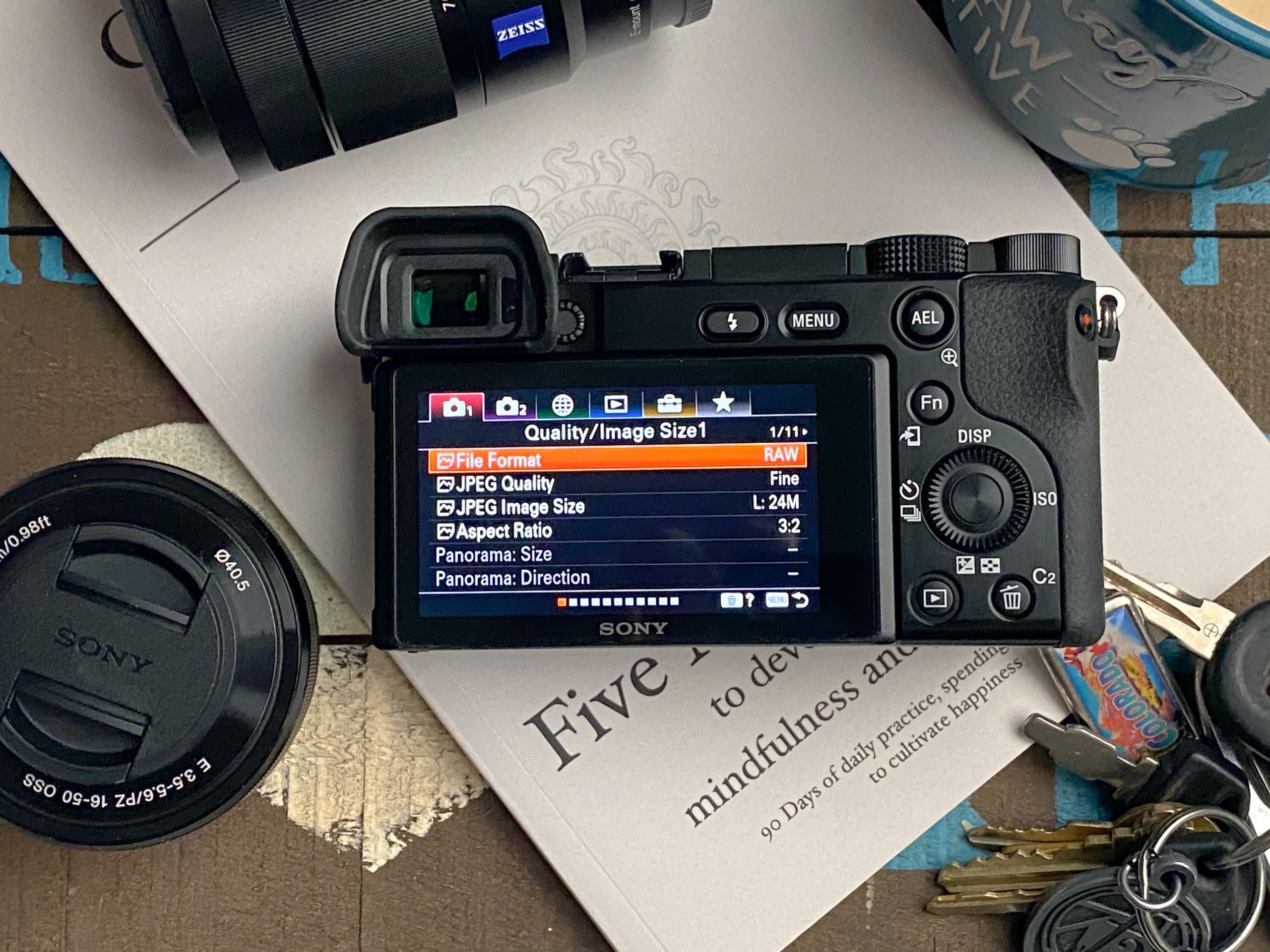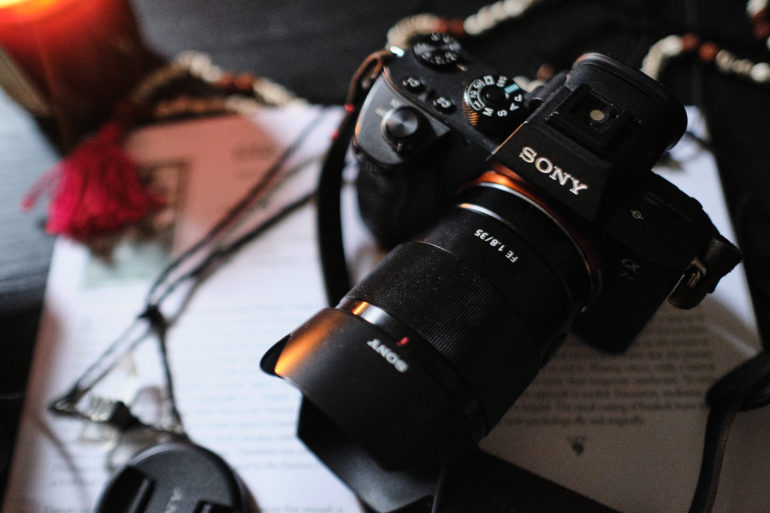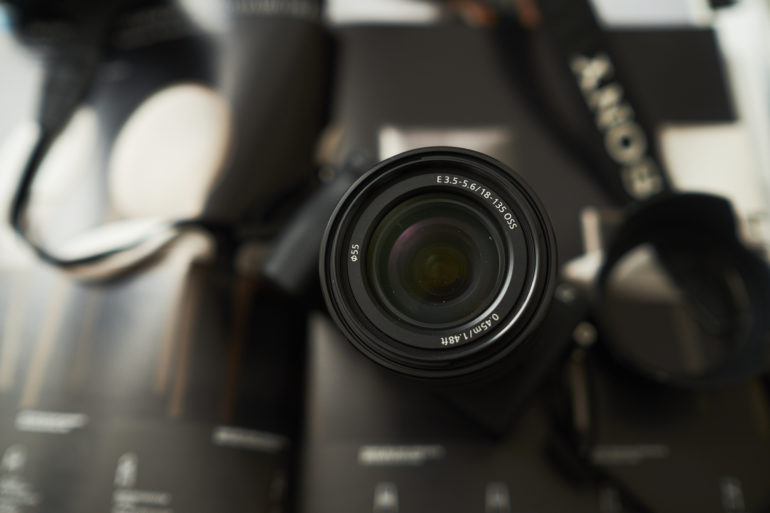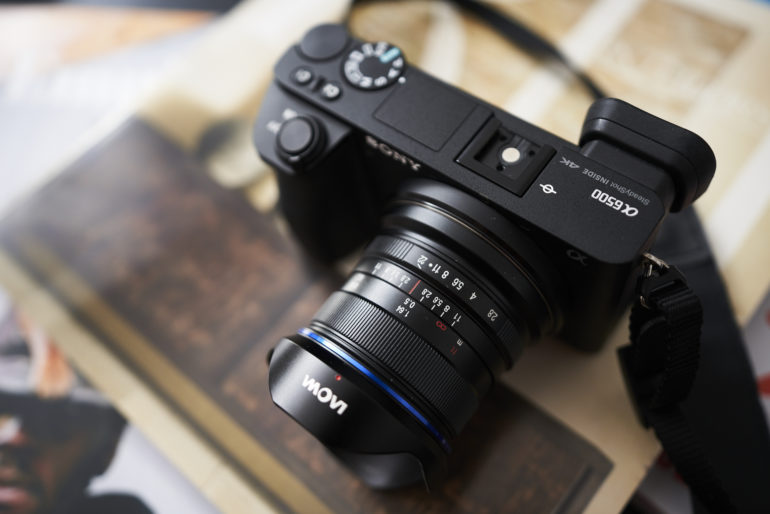Last Updated on 08/05/2020 by Chris Gampat
On Photowalking is a short series where EIC Chris Gampat talks about his experiences with different camera systems and photowalking.
On a very personal note, I think I’ve only ever grabbed my Sony cameras a few times to go out photowalking purely for myself and not for work. I’ll admit that there is something great about them. The Sony E mount is host to both APS-C and Full-frame cameras. Both are fantastic. At the heart of the photowalking experience for the Sony E mount is the small lenses, the autofocus, and the overall small package. Well, it’s small if you choose to make it so. And it’s also lightweight if you decide to make it so. Best of all, there are super affordable options and super pricey ones too. And no matter what, you’re going to get image quality that you like. But my reservations about the Sony system are ones that I’ve heard amongst many an experienced photographer–they don’t feel like cameras.
The Lenses
I think the best thing about the Sony E mount system is their lenses. The company loves to promote its cameras, and so does everyone else, but I’ve always believed that lenses make a camera system. Sony only really leaned earnestly into the lens game years ago when Kickstarting the FE lineup of cameras. They’ve got tons of them. Some are small. Some are large and heavy. And they did it right by partnering up with third parties. Sigma thinks that everyone hits the gym every day and loves weight lifting while Tamron embraces the ideals of mirrorless cameras. I’ve always found that the lightweight lenses for the Sony system are the best for photowalking. Not only do they focus quickly, but you can walk around with them for miles and miles without getting tired. Sometimes this may mean going for a slower zoom lens, but it’s possible.
Now, this wouldn’t really be a pleasing experience with the A mount. A- Mount cameras are more prominent and heavier. And there’s no real point in doing this with mirrorless. Again, personally speaking, I prefer primes. They’re more comfortable in my mind to shoot with.
The Autofocus
Sony’s autofocus is, in some ways, the most complicated–but it’s also the most effective in many cases. I’ve seen Canon’s autofocus run circles around Sony in low light, but Sony overall is leading the pack here. My best experiences have come with the AF-C focusing mode, Wide, and tracking on. Then I’ve just let the camera and lens track a subject as they moved through the scene. It works so incredibly well. But that’s specifically for street photography. If I want to focus on something specific, I usually use the joystick on the back of the Sony camera. It’s a slower process, but things get done. I can’t complain about it because it’s an industry standard.
The Overall Package
The system wouldn’t be where it is without the overall package being super small. As it is, The Sony system is more modest than all the rest on the market. And this is where the APS-C lineup of cameras really shine. You can pair these with their own APS-C lenses or the full-frame lenses that they’ve got. No matter what, you’re going to have a small, lightweight camera system that you can bring with you everywhere. No matter what, you’ll get reliable performance. If anything, you’ll get slightly worse image quality with the APS-C sensor. Still, it won’t matter if you’re photowalking during the day or you have a high-speed lens—my personal recommendation: shoot with some manual focus glass. You’ll get a slower and exact moment where your mind is doing more work. It’s an enjoyable process that you can’t rush.
But That Feel…
While Sony ticks off a lot of checks, I still just can’t get over the feel. To me, they don’t feel like cameras. With each generation, they’ve gotten better. But they feel more and more like a computer in a camera-shaped body. There doesn’t seem to be a soul to it the way that there is a Fujifilm, Leica, or Olympus camera. My favorite camera that Sony ever made when it comes to ergonomics is probably the really old Sony a900. Do you remember that? It was a big, hulking DSLR. But it felt solid and right in so many ways. The Sony a7, a9, and a6000 series of cameras just don’t really feel like that despite being even better built. Those cameras still felt like the spirit of Minolta was in them. That’s not quite the case with the Sony mirrorless camera series.
To describe the experience for me, it’s like a button-down shirt. First off, a lot of folks hate them. And to really make them shine, you either need to change your body type or you need to get one that feels right for you. Where a Calvin Klein shirt feels excellent to you, a Uniqlo shirt might feel awful. Personally, I’m a MUJI guy. The sleeves are right. The little area where the sleeves and the armpits meet are comfortable. The buttons close correctly around my torso. The collar doesn’t feel uncomfortable. When they’re tucked into pants, they don’t look bad at all.
That’s what it’s like with the Sony cameras. For starters, I’m a rangefinder-style guy. So the a6000 series is better for me, but even then, they feel like super small Mamiya 6 cameras. However, they screw up several things with the ergonomics like not having enough dials, placement of buttons, a lack of a functioning touchscreen (changing of course), etc. Though if push comes to shove, it’s easy to take great photos with this system.






